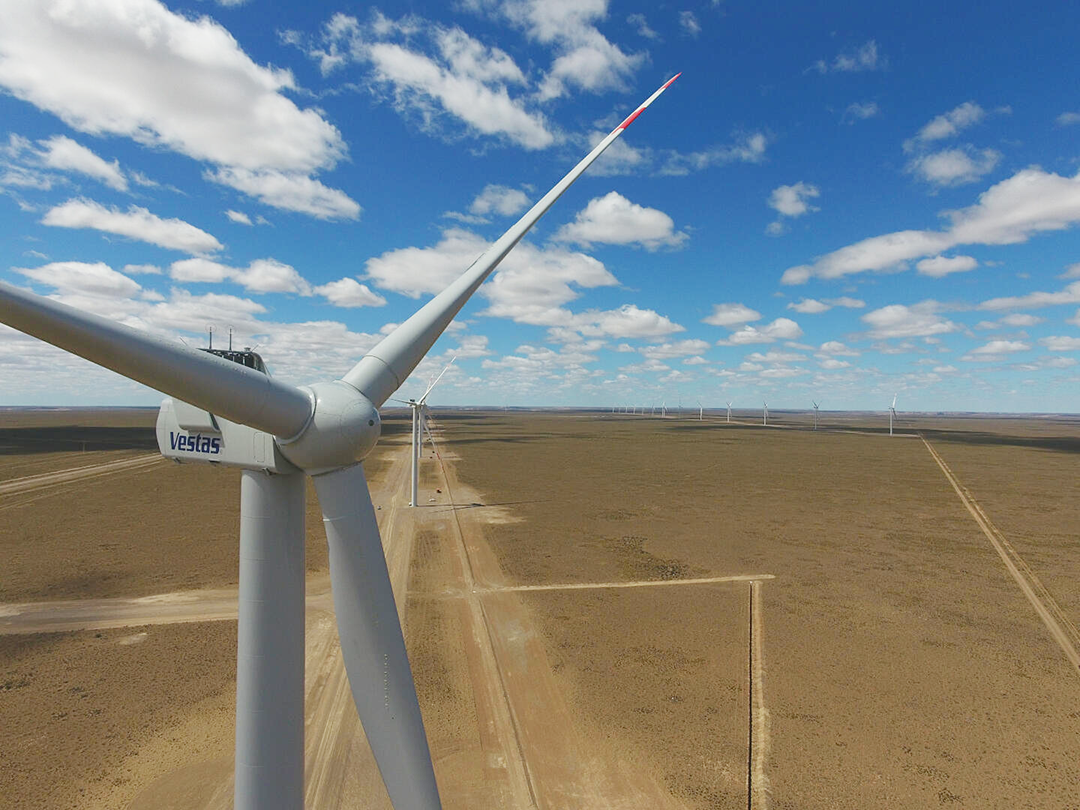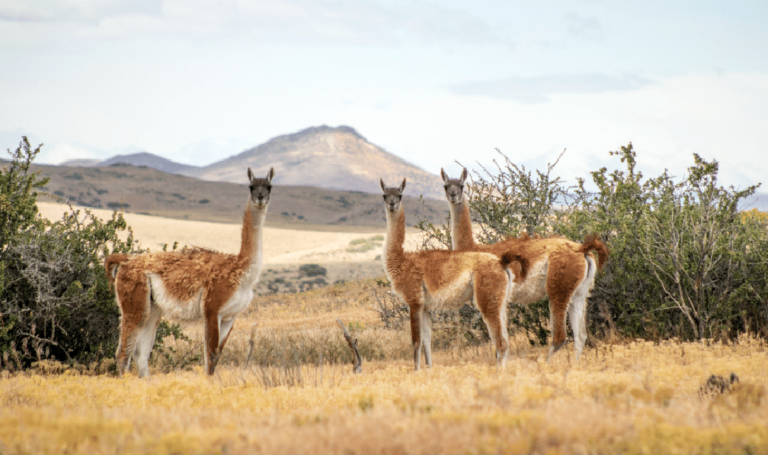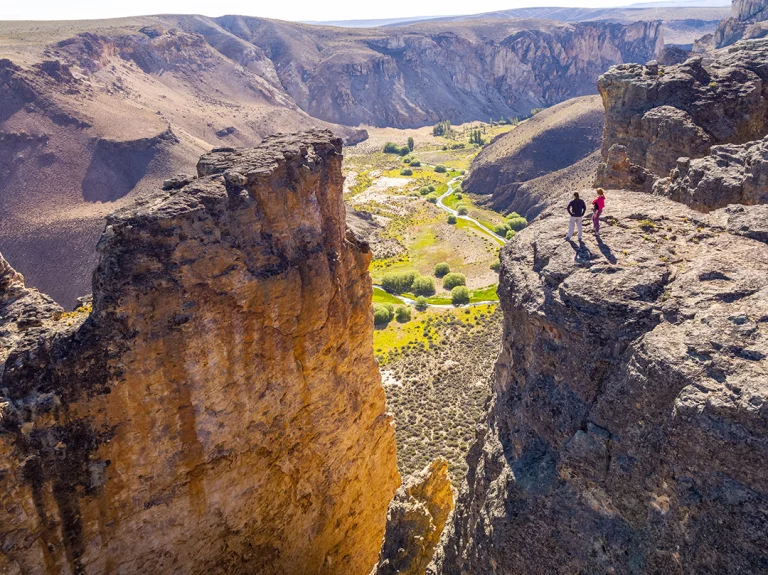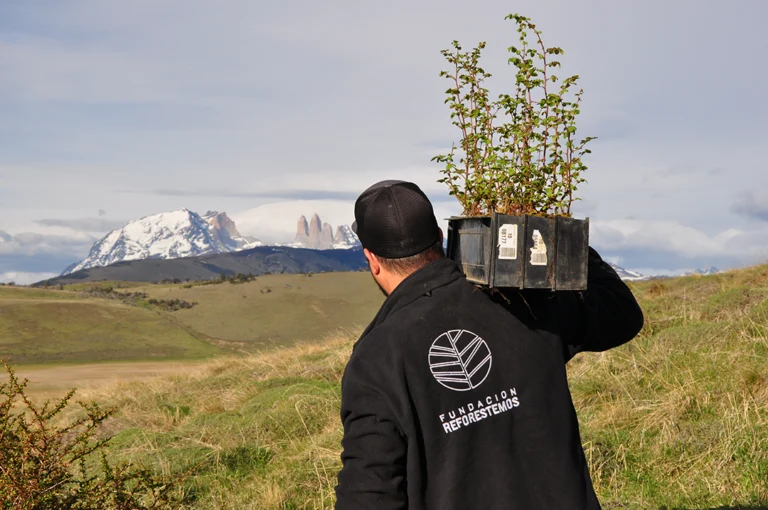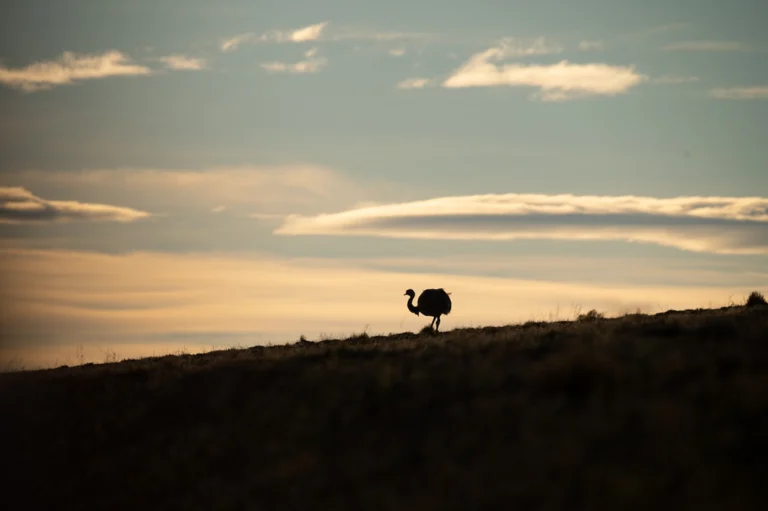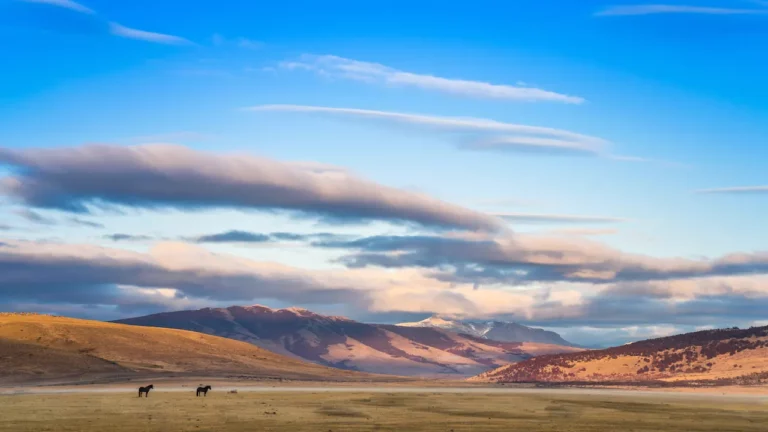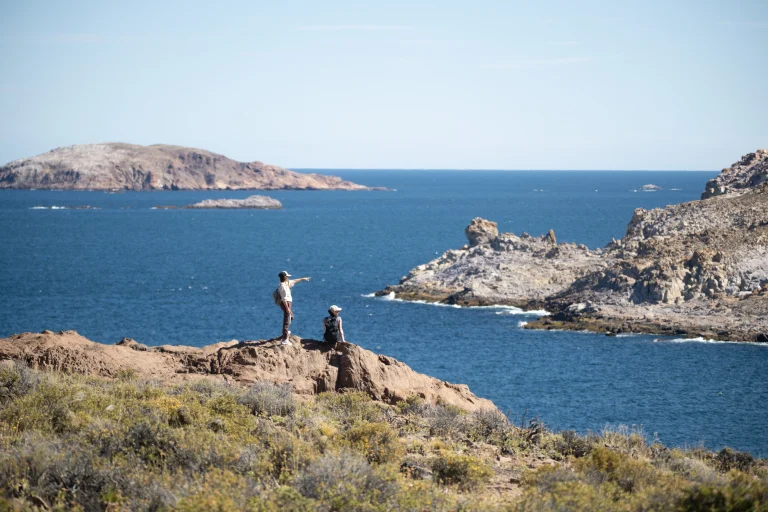In Patagonia+ we are passionate about telling stories that inspire. We want to show how to lead the way toward green energy in Patagonia. We believe that renewable energy is much more than a trend: it’s an opportunity for the region to remain that unique place where nature and innovation coexist in harmony.
The future is green in Patagonia. With its majestic landscapes and untamed nature, it’s not just a paradise for adventurers and dreamers but also a privileged setting for the development of clean energy. At Patagonia+, we believe the region’s future must align with environmental preservation and sustainable innovation. That’s why we explore the opportunities offered by renewable energy production—a topic already transforming the lives and economies of many Patagonian communities.
Renewable Energy: What It Is and Why It Matters
Renewable energy comes from inexhaustible natural sources like the sun, wind, water, or plant and animal biomass. Unlike fossil fuels, its use doesn’t emit greenhouse gases or other pollutants, making it a key ally in combating climate change and protecting Patagonia’s natural resources.
Moreover, betting on clean energy means reducing energy dependence, diversifying the productive matrix, and creating local jobs. According to the International Renewable Energy Agency, the sector already employs millions worldwide, with solar energy being a major driver of this growth.
Patagonia’s Potential for Clean Energy
The Patagonian region is a natural laboratory for green energy production:
Wind Energy: The intense, constant winds sweeping the Patagonian steppe are ideal for wind farms. Chubut and Santa Cruz already have projects powering thousands of homes and businesses, with enormous expansion potential.
Solar Energy: Though Patagonia’s climate varies, many areas enjoy high solar radiation. This allows for solar panel installations in both urban and rural areas, boosting energy autonomy for isolated communities and tourism ventures.
Hydropower: Meltwater rivers and lakes offer opportunities for small hydroelectric plants, especially in the Andes. While development must be careful to avoid harming aquatic ecosystems, hydropower remains a relevant option.
Biomass: Using agricultural, forestry, and livestock waste for energy is another alternative, particularly in areas with intensive rural activity.
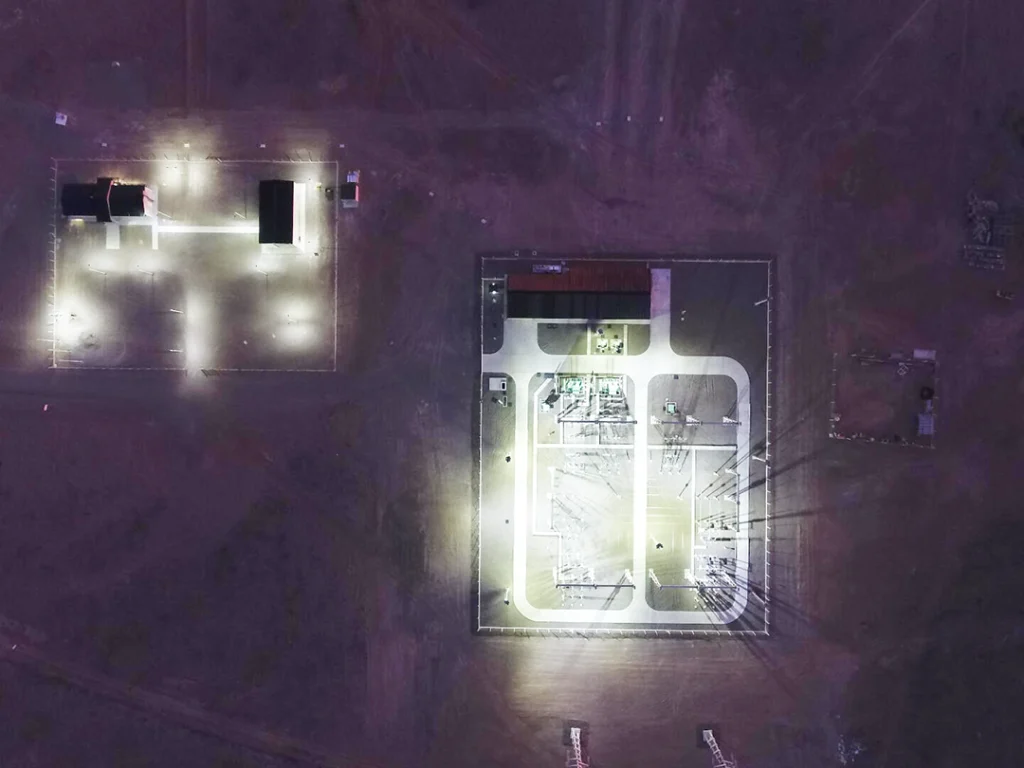
Innovation and Trends: The Future Is Already Here
The technological revolution is accelerating renewable energy development worldwide, and Patagonia is no exception. Digitalization, the Internet of Things (IoT), and artificial intelligence enable real-time monitoring and optimization of energy generation and consumption, making the electrical system more efficient and flexible. Additionally, energy storage and smart grid integration pave the way for greater renewable penetration, even in remote or extreme-climate regions.
An inspiring example is green hydrogen production in Chilean Patagonia, where pioneering companies are already turning wind into clean fuel for transportation and industry, positioning the region as a strategic player in the global energy transition.
Benefits for Communities and the Environment
Developing clean energy in Patagonia doesn’t just mean fewer emissions and cleaner air. It also brings:
- New job and training opportunities for local youth and professionals.
- Greater energy independence for isolated towns and tourism businesses.
- Incentives for innovation and productive diversification, key to sustainable development.
- Protection of landscapes and biodiversity, the region’s greatest assets.
Concrete Examples of Clean Energy Projects in Patagonia
Patagonia is emerging as a hub of renewable energy innovation, with concrete projects already transforming the region’s energy profile. Below, we highlight examples of each type of clean energy mentioned, showcasing how the transition to a greener future is already a reality in our territory.
Wind Energy
- Bicentenario Wind Park (Santa Cruz, Argentina): Located in Jaramillo, this is Argentina’s largest wind farm, with 126 MW of installed capacity and 35 turbines. It generates 620,000 MWh annually—enough to power 100,000 homes and industrial companies like Acindar. The project required a $200M+ investment and was built by Petroquímica Comodoro Rivadavia (PCR).
- Haru Oni Project (Magallanes, Chile): This pilot project, led by Enel Green Power, combines wind energy with green hydrogen and synthetic fuel production. Using Patagonia’s winds to power electrolysis, it produces green hydrogen for methanol and clean gasoline. Expected output: 350 tons of methanol and 130,000 liters of gasoline yearly, positioning Magallanes as a global green hydrogen hub. Read more.
- Faro del Sur Wind Park (Cabo Negro, Magallanes): A planned 325 MW project with 65 turbines across 38 km², aimed at green hydrogen production. Though facing environmental assessment challenges, it highlights Patagonia’s wind potential.
- Pampa Wind Park (Chubut, Argentina): A 100 MW project near Comodoro Rivadavia by Enel Green Power Argentina, featuring 28 turbines and a $130M investment. Part of Argentina’s RenovAr program.
- El Escorial Project (Chubut, Argentina): Potentially the country’s largest wind farm (200 MW), designed to energize off-grid communities.
Solar Energy
- Telsen Photovoltaic Plant (Chubut, Argentina): A 100 kW project for isolated Patagonian communities, generating ~5% of the town’s annual consumption—proof of solar viability in remote areas.
- Magallanes Solar Plants (Chile): Despite variable weather, solar projects complement the regional energy mix, especially in isolated areas. Northern Chile’s solar tech advancements also benefit Patagonia.
- Neuquén Solar Park (Argentina): Construction begins in 2025 for Patagonia’s largest solar park (50 MW across 100 hectares), covering 25% of Neuquén City’s energy demand.
- El Alamito (Neuquén, Argentina): The southernmost photovoltaic project in the Americas, near Chos Malal. Phase 1 (1 MW, 2,048 bifacial panels) powers 600 homes and the provincial judiciary. Investment: $1.2M (expandable to 4.8 MW).
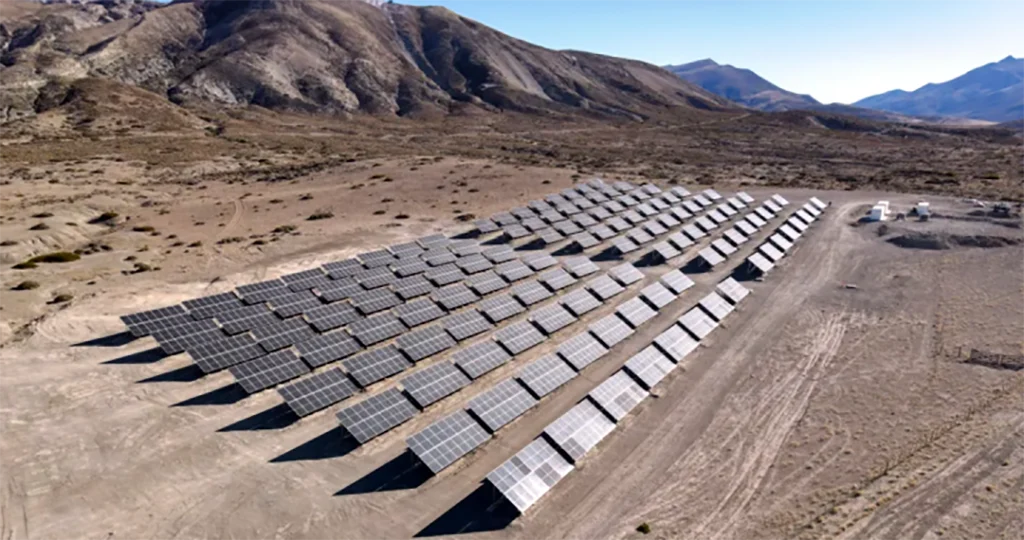
Hydropower
- Run-of-the-River Hydro Plants (Argentina): Companies like Patagonia Energía have developed small hydro plants for 20+ years, minimizing environmental impact while powering local communities.
- HidroAysén Project (Chile): Though canceled due to environmental concerns, this 2,750 MW proposal for the Baker and Pascua rivers highlighted Patagonia’s hydropower potential—and the need for sustainable solutions.
Biomass Energy
- Biomass Fuel Center (El Maitén, Chubut, Argentina): Patagonia’s first biomass plant, using forestry waste to generate thermal/electric energy. It will replace 3.5M liters of fossil fuels yearly, prevent wildfires, and boost local economies.
- Biomass Projects (Southern Chile): Initiatives using agricultural/forestry waste for energy support sustainable forest management and emission reductions.
These examples reflect how Argentina and Chile are advancing renewable energy with projects blending innovation and environmental respect. Patagonia isn’t just a natural wonder—it’s a lab for global energy solutions.
Patagonia has the wind, the sun, and its people’s passion. Now, it also has the chance to be a global beacon of clean energy.
Projects in Argentina
Bicentenario Wind Park (Santa Cruz, Argentina):
- Official info in Santa Cruz’s Boletín Oficial:
https://boletinoficial.santacruz.gob.ar/avisos-oficiales/avisos/34149 - Inauguration details on the Argentine Government’s site:
https://www.argentina.gob.ar/noticias/se-inauguro-el-parque-eolico-del-bicentenario-el-mas-grande-del-pais - Technical/funding details at IDB Invest:
https://idbinvest.org/es/projects/parque-eolico-del-bicentenario-wind-project
Projects in Chile
Haru Oni Project (Magallanes, Chile):
- Official details from Enel Green Power:
https://www.enelgreenpower.com/stories/articles/2021/12/haru-oni-hydrogen-project-chile
Patagonia+ Inspiring Change
Want to learn more about eco-friendly projects, pioneer stories, or how to join the energy revolution in your community? Follow us, share your experience, and be part of a Patagonia that bets on clean energy, local development, and respect for the land that inspires us daily.

